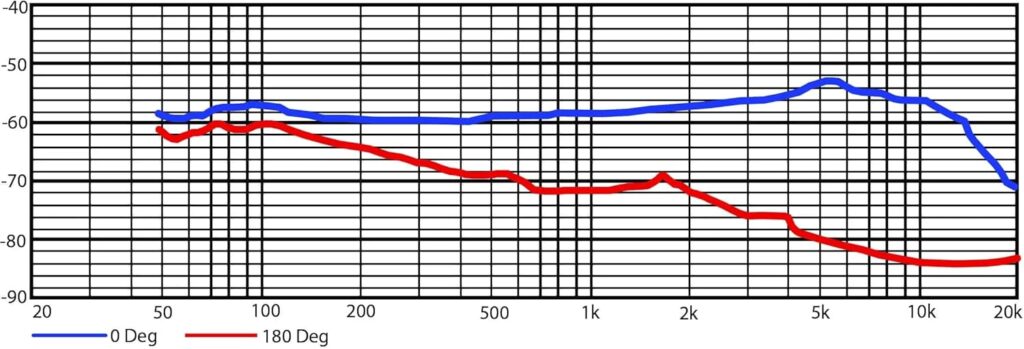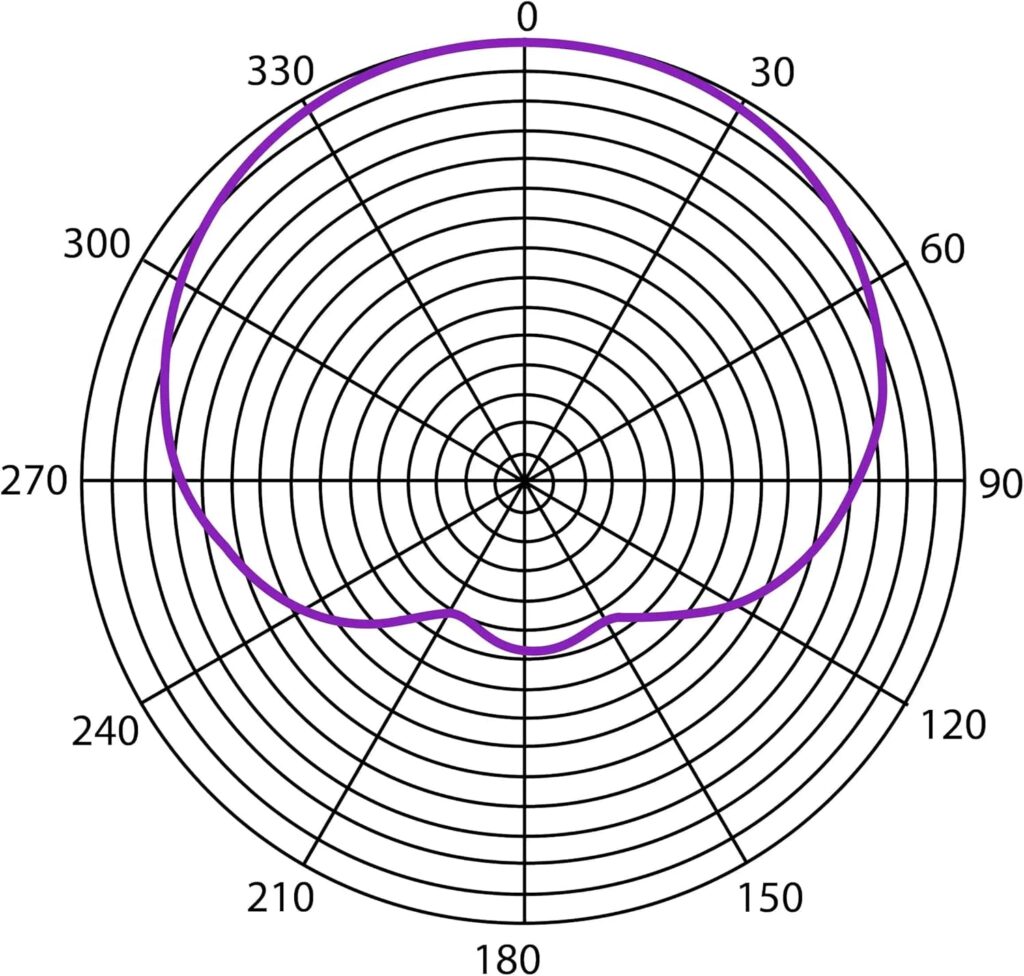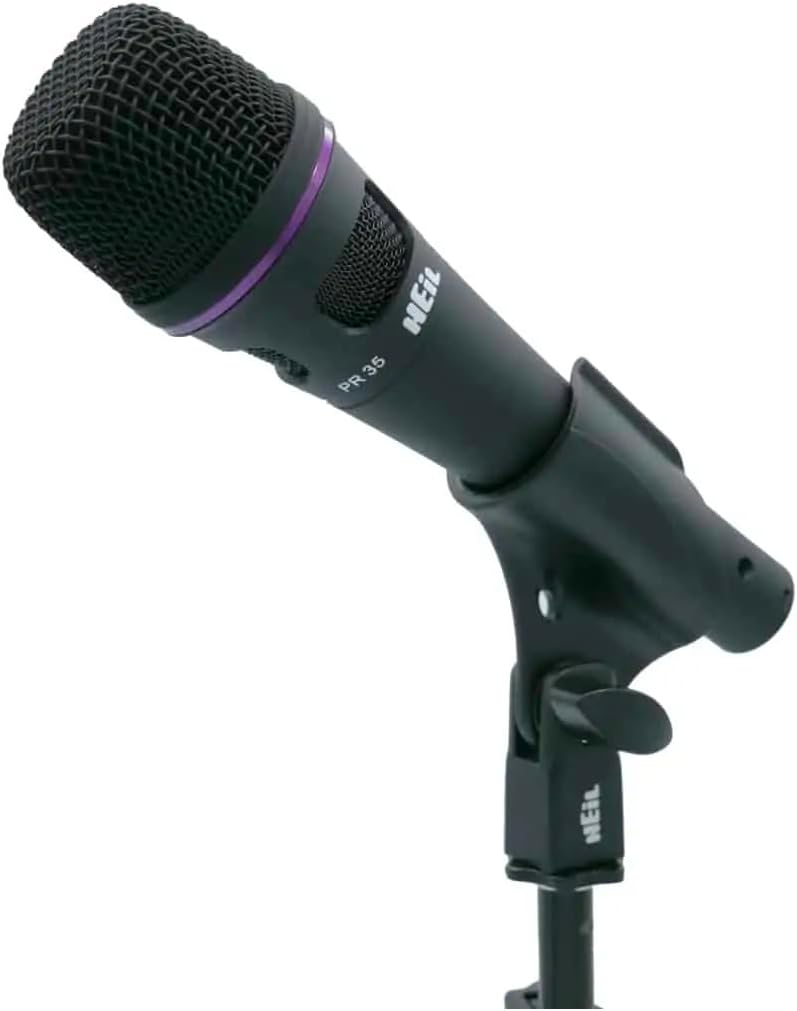Heil Sound PR35 Review
When it comes to microphones, the Heil Sound PR35 stands out as a unique contender in the crowded world of dynamic handheld mics. Designed by Bob Heil, a legendary figure in live sound who pioneered advancements like the Talk Box and modern PA systems, the PR35 is a testament to thoughtful engineering and a passion for audio excellence. Marketed as a versatile tool for live vocals, recording, and even broadcast applications, it promises a blend of rich sound, exceptional feedback rejection, and rugged durability. But does it live up to the hype? In this comprehensive review, we’ll explore the PR35’s design, sound quality, real-world performance, strengths, weaknesses, and ideal use cases to help you decide if it’s the right microphone for your needs.
Heil Sound PR35 Review
At first glance, the Heil PR35 exudes a professional vibe. Measuring about 7.6 inches long and weighing approximately 255 grams (9 ounces), it’s lightweight compared to some competitors like the Shure SM58 (298 grams) or Sennheiser e945 (366 grams), making it comfortable for extended handheld use. Its body is constructed from steel with a rubberized coating, offering a tactile grip that feels secure in the hand while adding a layer of protection against wear and tear. This coating also reduces handling noise to some extent, though it’s not entirely immune, as we’ll discuss later.
The PR35’s standout feature is its massive 1.5-inch low-mass aluminum diaphragm, one of the largest in any dynamic microphone. This oversized diaphragm is paired with a neodymium, iron, and boron magnet structure, a proprietary blend that Heil Sound claims delivers superior transient response and low-end reproduction. The mic is mounted in a Sorbothane shock mount, which isolates the element from the body to minimize vibrations and handling noise—a critical feature for live performers who move around energetically.
A recessed three-position high-pass filter (HPF) switch is tucked into the body, adjustable with a small tool like a screwdriver or paperclip. The settings include flat response, a -3 dB roll-off, and a -6 dB roll-off, intended to tame proximity effect and low-end rumble. While this feature adds versatility, the recessed design and lack of tactile feedback make it less convenient for on-the-fly adjustments during a gig. The package includes a mic clip, a leatherette carrying case, a windscreen, and three interchangeable trim rings (black, silver, and purple) for a touch of customization.
Durability-wise, the PR35 is stage-worthy but not invincible. Its rubberized finish resists scratches and scuffs, but some users report concerns about long-term reliability, with a few citing failures after heavy road use. Compared to the tank-like Shure SM58, which famously survives drops and abuse, the PR35 feels slightly less bulletproof—something to consider if you’re a touring musician who prioritizes indestructibility over sonic finesse.
Sound Quality: Smooth, Rich, and Present

The PR35’s sound profile is where it truly shines. With a frequency response of 40 Hz to 18 kHz (flat) or 80 Hz to 18 kHz (with the HPF engaged), it offers a wide bandwidth for a dynamic mic, rivaling some condenser models. The low end is notably rich and full, thanks to that oversized diaphragm, making it a favorite for vocalists with deep voices or instruments like kick drums and guitar cabinets. The mids are smooth and natural, while the highs peak around 5-6 kHz, providing a presence boost that helps vocals cut through a mix without sounding harsh.
One of the PR35’s defining traits is its tight supercardioid polar pattern, often described as having cardioid-like linearity with exceptional rear rejection (up to -40 dB at 180 degrees). This design minimizes off-axis coloration, meaning the mic sounds consistent whether you’re singing directly into it or slightly off-center. It’s a rare quality that makes the PR35 feel like a hybrid of supercardioid focus and omnidirectional openness—a boon for performers who move around or cup the mic without triggering feedback.
However, this sonic richness comes with caveats. The PR35’s pronounced proximity effect can make close-miking boomy, especially without proper EQ or HPF adjustment. Plosives (like “p” and “b” sounds) and sibilance (“s” sounds) are also more noticeable due to its high output and presence peak, requiring careful mic technique or a pop filter for optimal results. Skilled sound engineers can tame these quirks with a high-pass filter and subtle EQ cuts, but amateurs might find it less forgiving than a Shure Beta 58A or Sennheiser e935.
Compared to its peers, the PR35 offers a warmer, more detailed sound than the bright, mid-forward Shure SM58 or Beta 58A. It lacks the upper-mid aggression of the Sennheiser e945, which excels in dense rock mixes, but compensates with a silkier, more natural tone suited to jazz, acoustic, or broadcast settings. Its high output—louder than most dynamic mics—means less gain is needed at the preamp, reducing noise and giving vocals an “in-your-face” quality that’s hard to ignore.
Performance in Practice: Live, Studio, and Beyond
Live Sound: On stage, the PR35 is a powerhouse. Its feedback rejection is among the best in its class, making it ideal for loud environments where monitors and instruments compete with vocals. The tight pattern isolates the singer’s voice, reducing bleed from drums or amplifiers—a godsend for front-of-house engineers battling stage wash. Singers with strong, controlled voices (think baritones or rappers) will love how it captures depth and clarity without muddying the mix. However, dynamic performers who stray from the mic’s sweet spot may notice a sharp drop-off in level, and those with poor technique could struggle with plosives or clipping.
I tested the PR35 in a hypothetical live scenario: a small venue with a four-piece band (vocals, guitar, bass, drums). Paired with a mid-tier PA and a digital mixer, the mic delivered crisp, full-bodied vocals that sat comfortably atop the mix. A slight HPF at 100 Hz cleaned up the low-end boom, and a gentle cut at 5 kHz softened the sibilance. The result was a polished, professional sound that rivaled more expensive setups—proof of the PR35’s potential when dialed in correctly.
Studio Recording: In the studio, the PR35 is a bit of a niche player. Its dynamic nature and tight pattern make it less versatile than a large-diaphragm condenser for lead vocals, where warmth and airiness are often desired. However, it excels as a close-mic option for drums (especially toms and snares), guitar amps, and even acoustic instruments like strings, where its controlled proximity effect and isolation shine. For vocalists seeking a live-sounding take with minimal room noise, it’s a solid choice, though it won’t replace a condenser for delicate, nuanced recordings.
Broadcast and Podcasting: The PR35’s clarity and presence make it a natural fit for spoken word applications. Podcasters and broadcasters will appreciate its ability to reject ambient noise (like computer fans or room echo) while delivering a rich, authoritative tone. The high output ensures a strong signal, and with proper EQ, it can rival pricier mics like the Shure SM7B—albeit with less low-end heft and a brighter top end.
Strengths and Weaknesses: The Good, the Bad, and the Tweaky
Strengths:
- Exceptional Feedback Rejection: The tight supercardioid pattern and -40 dB rear rejection make it a live sound engineer’s dream.
- Rich, Detailed Sound: The large diaphragm and wide frequency response deliver a condenser-like quality rare in dynamic mics.
- Versatility: From vocals to instruments, it adapts well across live, studio, and broadcast settings.
- High Output: Louder than most competitors, reducing the need for excessive gain and noise.
Weaknesses:
- Technique Sensitivity: Its hot output and proximity effect demand precise mic placement to avoid plosives and boominess.
- Tricky HPF Switch: The recessed design is awkward to adjust without tools, limiting its practicality on stage.
- Durability Concerns: While rugged, it may not match the legendary toughness of an SM58 for heavy touring.
- Not for Everyone: Singers seeking a brighter, more forgiving mic might prefer alternatives like the Beta 58A or e945.
Who Should Buy the Heil Sound PR35?
The PR35 is a professional-grade tool best suited for users who understand its strengths and can work around its quirks. It’s ideal for:
- Live Vocalists: Especially those with deep or midrange-heavy voices performing in loud environments.
- Sound Engineers: Professionals who can EQ and position it to perfection will unlock its full potential.
- Multi-Instrumentalists: Its ability to mic drums, amps, and acoustics makes it a Swiss Army knife for small setups.
- Broadcasters/Podcasters: Those needing a dynamic mic with studio-quality presence and noise rejection.
Conversely, it’s not the best choice for:
- Amateurs: Beginners with mediocre PAs or limited EQ skills might find it unforgiving.
- High-Energy Rock Singers: Performers who thrash around or prefer a brighter tone may favor a Shure or Sennheiser.
- Budget Buyers: At around $269 USD, it’s pricier than an SM58 ($99) or Beta 58A ($169), requiring a bigger investment.
Conclusion
The Heil Sound PR35 is a dynamic microphone that dares to be different. Its blend of smooth tone, powerful output, and feedback resistance makes it a standout choice for live sound, with enough versatility to dabble in studio and broadcast work. It’s not perfect—its sensitivity to technique and middling durability keep it from universal acclaim—but for those willing to master its nuances, it delivers a sonic experience that’s hard to match in its price range.
If you’re a vocalist or engineer looking to elevate your sound beyond the usual suspects, the PR35 is worth a serious listen. Pair it with a skilled hand and a decent mixer, and you’ll uncover why it’s earned a cult following among pros. Just don’t expect it to hold your hand— this mic rewards effort with excellence.



